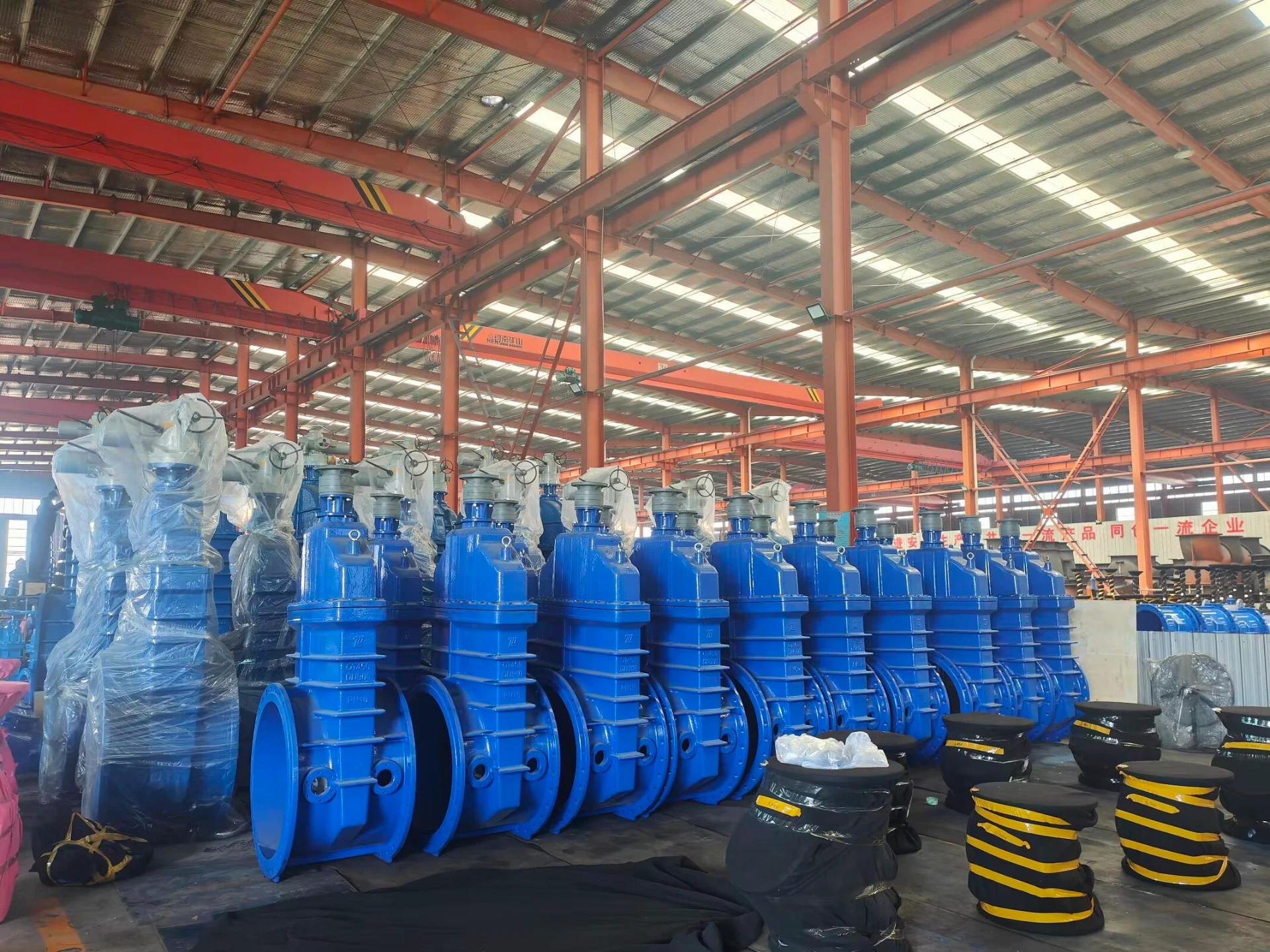Threaded Check Valve A Comprehensive Guide for Efficient Fluid Control
Understanding Threaded Check Valves A Key Component in Fluid Management
In the realm of fluid dynamics and piping systems, the threaded check valve stands out as a vital component that ensures the safe and effective flow of liquids and gases. Understanding the functionality and applications of threaded check valves can enhance the efficiency and reliability of any project involving fluid management.
What is a Threaded Check Valve?
A threaded check valve is a type of valving mechanism that allows fluid to flow in one direction while preventing backflow. This is critical in various applications where reverse flow can cause equipment damage, contamination, or other detrimental outcomes. The threaded aspect refers to the connection mechanism that securely attaches the valve to the piping system. Typically, these valves feature standard male or female threads, making installation straightforward and compatible with various pipe sizes and materials.
How Do Threaded Check Valves Work?
Threaded check valves operate on the principle of differential pressure. When fluid flows in the intended direction, the pressure on the inlet side of the valve exceeds that on the outlet side, causing a disk, ball, or flap within the valve to lift. This permits fluid passage and ensures consistent flow. Conversely, if the pressure on the outlet side exceeds that of the inlet, the valve closes automatically. This self-regulating action eliminates the need for manual intervention, providing a seamless flow control mechanism.
Benefits of Using Threaded Check Valves
1. Backflow Prevention The primary function of any check valve is to prevent backflow. This is crucial in systems like sewage disposal, water supply, and chemical transport, where reverse flow can lead to contamination or system failures.
threaded check valve

2. Simplicity of Installation The threaded design makes installation quick and easy. Fitters can easily secure them to pipe systems without the need for specialized tools, saving both time and labor costs.
3. Durability and Reliability Made from robust materials such as brass, stainless steel, or PVC, threaded check valves are designed to withstand varying pressure and temperature conditions. Their construction ensures longevity, reducing the frequency of replacements and maintenance.
4. Versatility These valves are used in a range of applications, from residential plumbing systems to large-scale industrial operations. Their adaptability to different pipe sizes and fluids makes them a preferred choice in various sectors, including HVAC, water treatment, and petrochemical industries.
5. Cost-Effectiveness Compared to other valve types, threaded check valves are generally more affordable. This cost-effectiveness, combined with their long service life, makes them an attractive option for both commercial and residential projects.
Applications of Threaded Check Valves
The applications of threaded check valves are extensive. In residential plumbing, they prevent water from flowing back into clean water lines, thereby ensuring safe drinking water. In industrial settings, they protect pumps and compressors from reverse flow, maintaining operational integrity and efficiency. Additionally, threaded check valves play a crucial role in sprinkler systems, fire suppression systems, and various manufacturing processes where fluid control is paramount.
Conclusion
Threaded check valves are indispensable tools within fluid management systems. Their ability to ensure unidirectional flow and prevent backflow, combined with ease of installation and reliability, make them a preferred choice across multiple industries. Whether for domestic plumbing or complex industrial applications, understanding and utilizing threaded check valves can significantly enhance the efficiency and safety of fluid systems. As technology advances, improvements in materials and design will likely lead to even greater innovations in the functionality of these essential components.
-
The Key to Fluid Control: Exploring the Advantages of Ball Valves in Industrial SystemsNewsJul.09,2025
-
The Versatile World of 1, 2, and 3 Piece Ball ValvesNewsJul.09,2025
-
Stainless Steel Ball Valves: The Ideal Choice for Efficient Flow ControlNewsJul.09,2025
-
Optimizing Fluid Control with Ball Float ValvesNewsJul.09,2025
-
Manual Gate Valves: Essential for Control and EfficiencyNewsJul.09,2025
-
Everything You Need to Know About Butterfly ValvesNewsJul.09,2025
-
The Versatility of Wafer Type Butterfly ValvesNewsJul.08,2025




